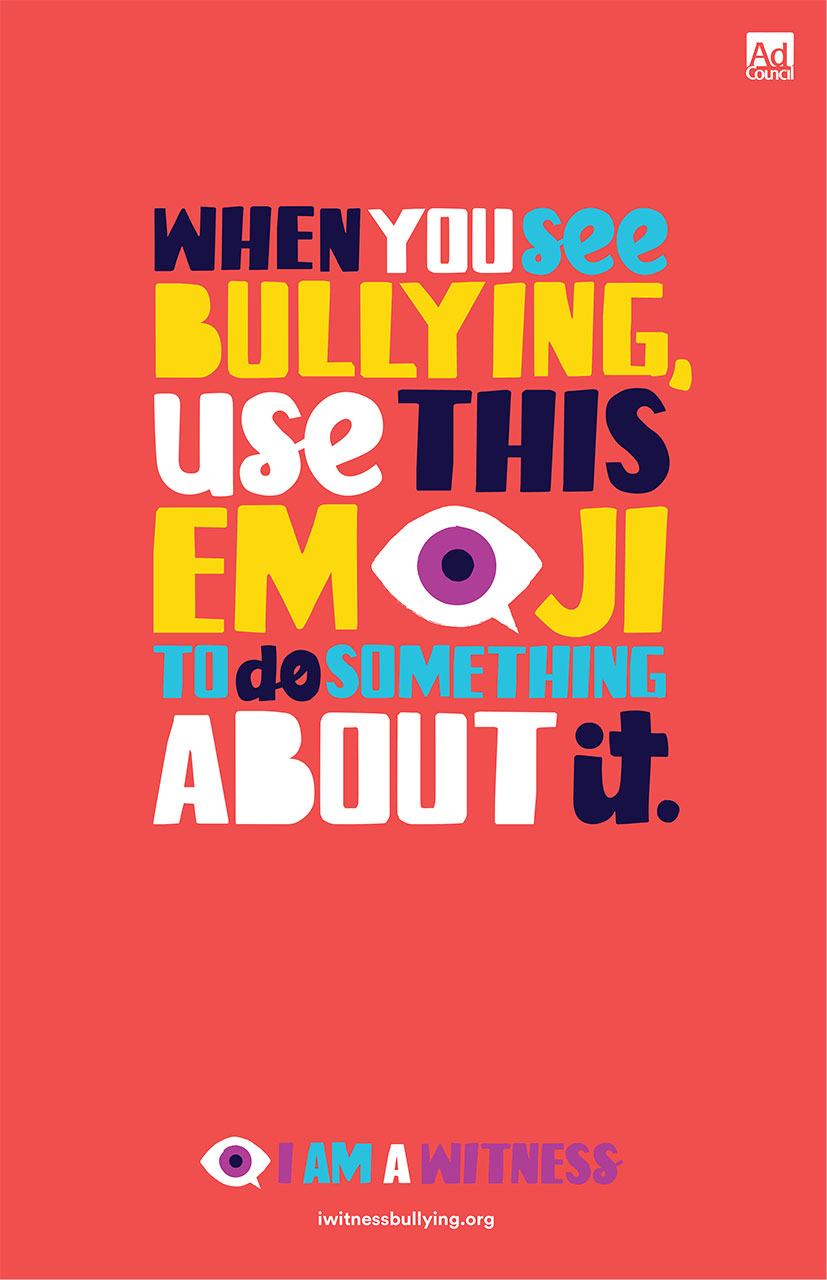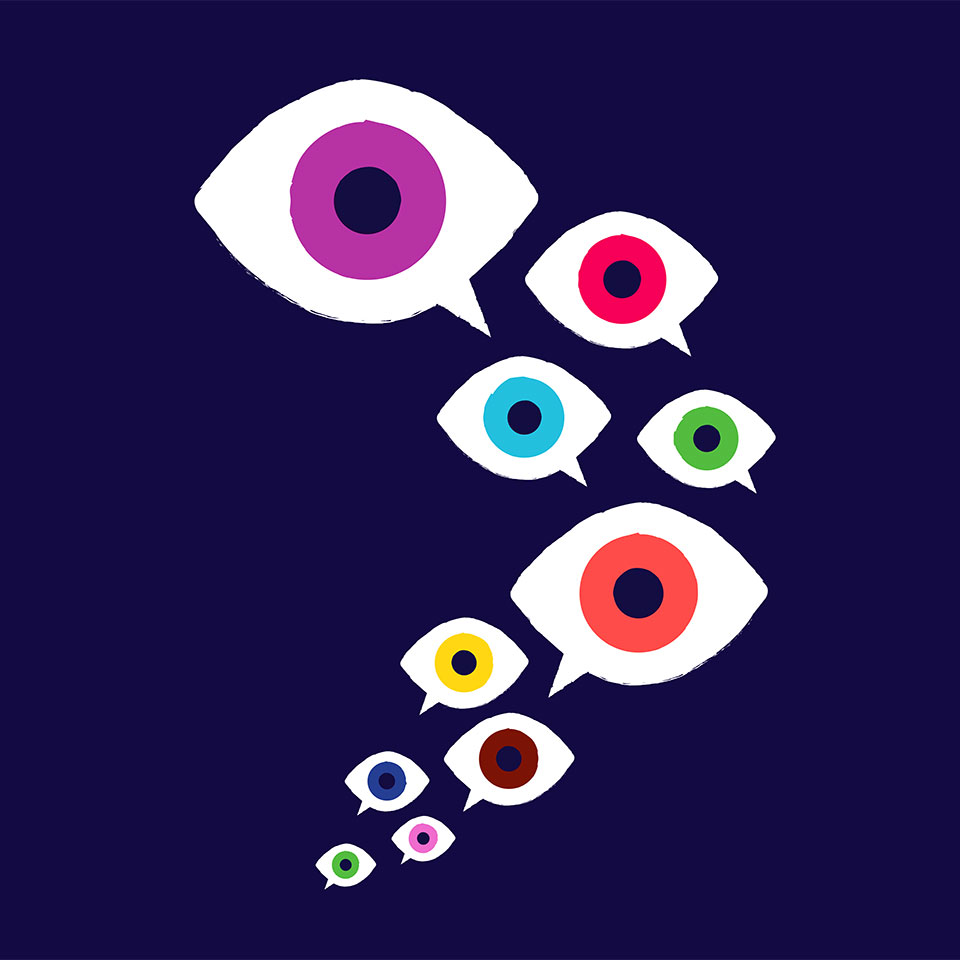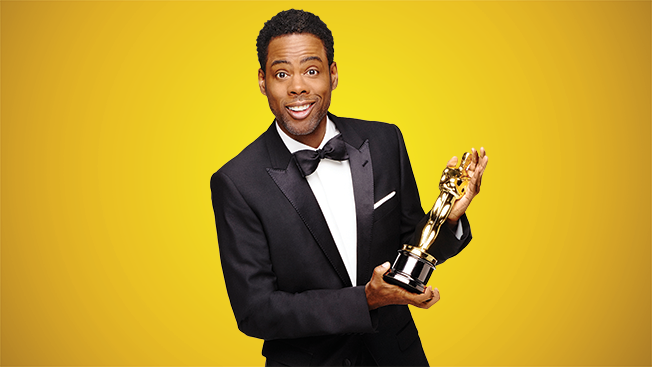![]()
Whether it stokes your ego into a raging inferno or just gathers dust on a shelf, a Cannes Lion will set your life on a new path. But which path? Well, that's up to you.
With the Cannes Lions International Festival of Creativity opening this weekend, we reached out to past winners to ask how earning the ad industry's most coveted award has altered their careers and their approach to work.
For some, it ushered in a new era of accomplishment practically festooned with international accolades. For others, it was an unexpected moment in the limelight, one they'll always treasure and aspire to repeat.
Wherever these celebrated ad pros ended up after their first wins, a few recurring themes emerge when they talk about the impact of taking home a Lion:
1. You'll experience an intense (albeit brief) euphoria.
Many of the world's best creatives enter their work in Cannes for years before even being shortlisted, only to watch with a sigh as it falls short of even a bronze Lion. So, when the moment arrives and you hear you've actually won (even if it's not your first), your brain might not be fully prepared to process it.
Tim Cawley, founder and chief creative officer of Boston-based agency Sleek Machine, first won a bronze Cyber Lion in 2012 for his work on MLB's Fan Cave with Hill Holliday. He was at home on his couch when he got the stunning news.
"I never think something's going to win," he says. "That just seems like an insane dollop of gravy to me. You always think you're not at the cool kids' table at the cafeteria. There's Nike and Budweiser and BBDO ... you just feel like the big haul is for somebody else."
That shock may lessen over time, but it doesn't go away. Mullen Lowe creative director Jon Ruby won three bronze Cyber Lions in 2011 and then was doubly shocked to learn he'd won six silver Lions in 2014 for his work on National Geographic's "Killing Kennedy" campaign.
"Last year, I should say that I was in a seminar learning more about my craft, but in all honesty, I was on a boat on the Mediterranean," Ruby says. "When I found out, I think I jumped in the water."
2. You'll become an instant star, even if no one knows who you are or what you did.
With thousands of creative professionals gathered from all over the world, there aren't all that many people at Cannes who recognize one another. But if you find yourself holding a Lion, be prepared to become an instant magnet for all sorts of new friends.
"One time, I had to accept an award for BBDO's HBO Voyeur campaign because the team hadn't arrived yet," recalls Susan Credle, who's been honored many times at Cannes for work at Leo Burnett and her 25-year tenure at BBDO. (She'll soon transition from Burnett to being FCB's global CCO.)
"It was early in the week, and I was in judging the Film category. I put on a red dress and went on stage," she said. "The rest of the night, I had the world grabbing me and congratulating me and thanking me for being inspirational. And it felt very strange. I realized that just holding a Cannes Lion gave one creative respect."
3. You'll overthink where to keep your trophy (or not think about it at all).
Once you have a Lion, should you give it a prominent spot in your workspace for all to see? Should you downplay it by shoving it aside to keep it from going to your head?
What we do with our trophies says a lot about us, which is not to say there's a right or wrong answer. It largely depends on your own needs and priorities.
For Cawley, who left Hill Holliday with an admirable collection of trophies and went to Mullen as group creative director before launching his own shop, displaying your awards can help subtly instill confidence in your creative teams.
"One of the first things I did was unpack the [One Show] Pencils and Lions so that when the teams come into my office, the track record is there," Cawley said. "There's enough hardware sitting on the shelf to convince them maybe this guy can lead us in the right direction."
![]()
Eric Kallman
Then there's Eric Kallman.
With a mind-boggling 28 Lions in the last seven years, Kallman is one of the industry's most decorated talents. His work ranges from Skittles' morbidly wonderful "Touch" in 2008 (Kallman's first Lion) to Old Spice's "The Man Your Man Could Smell Like."
Having moved in recent years from Wieden + Kennedy to Barton F. Graf 9000 and now to Goodby, Silverstein & Partners, Kallman says he has no clue where he might have left his Lions, and he doesn't sound too concerned.
"I really don't know where they are," he says. "They're not in my office. I don't think they're in my house."
4. You'll feel like you worked forever to get one Lion, and then more will come.
For Kallman, winning his first Lion was an empowering moment, one that helped raise the bar for the kind of work he was capable of producing and, more importantly, wanted to produce.
"My partner and I just kept going and wanted to do that every time, and stars aligned. We were a good team, and we were fortunate it just kept happening," Kallman says. "Even if it was totally irrational to think, it really became the standard: Let's do an award-winning campaign; let's do an award-winning spot. That became the standard every time."
For Cawley, his first Lion gave him the confidence that he could compete on even ground with larger agencies working on famous consumer brands.
"It seems like these things like Cannes are built for them, but you can win there," Cawley says. "Once you get there, it seems possible. It's not just some distant land in a postcard."
After winning three Lions in 2011, Mullen Lowe's Ruby still wasn't prepared to double that number in 2014. "I think the sheer number of Lions that we won last year really shocked people," he says. "In a good year, you pray that you'll win one. Six was kind of crazy."
5. But part of you will fear living in the Lion's shadow.
No matter how many times you've won, creatives say, it's easy to fall into the funk of feeling like you're on a dry streak. Winning at Cannes can be the greatest moment of your professional life, but each win can also feel like starting a stopwatch, counting the time until your next winning campaign.
"You don't want that trophy looking tarnished in the corner of your office in 10 years with no friends," says Cawley.
Unlike peers at the largest agencies who often expect to take home top awards at Cannes and elsewhere, Cawley faces the reality of working at a smaller shop with clients who might not align with the kind of work that wins major awards.
"I won my first Pencil in 1995," he says. "What you don't want happening is you're in 2015, 20 years later, you've got that one Pencil from 20 years ago, and you're looking your people in the eye and saying, 'I know what I'm doing.' "
Staring at your trophies can also distract you from the work you're doing now, he adds. "You have to say: 'Take off your varsity jacket. You're living on your past glories,' " Cawley says.
6. You won't be any different to your friends and family.
No matter how much you're honored at Cannes, the Clios or The One Show, there's always one group you can count on to keep you humble: your loved ones, who don't care one whit about advertising awards.
Though he has dozens of Lions, Kallman says it's far more rewarding to have non-advertising friends comment on work you've done, as was the case with the hugely successful "Man Your Man Could Smell Like" spot.
"To me, the biggest compliment you can get for something is recognition for the work in general, which means it's really doing its job," he said.
![]()
Jon Ruby
Ruby said he's long since resigned himself to the fact that friends and family aren't going to be impressed, no matter how high you climb in your professional life.
"No one outside of this business has any clue what I do or why these little trophies matter so much to us," he says. "That's fine. I'm sure someday people will come to appreciate our genius."
7. You'll get asked for tips on winning, and you won't have good answers.
Oh, you won at Cannes? What's your secret?
The vast majority of Cannes Lion entrants never take home a trophy (despite spending thousands of dollars to enter their work), so they're understandably curious to learn from those who have. But with so many factors going into a win, from the nature of the client to the budget to the current mood of the global creative community, it's nearly impossible to give a worthwhile answer, winners say.
"Some people have asked me if there's a trick to it. 'What are we not doing in the case study video?' " Kallman says. "But when we start trying to chase awards like that, I think no good comes of it."
8. You'll become far more attractive to (certain kinds of) potential employers.
It probably goes without saying, but winning a Lion certainly improves your odds of landing a new or bigger job. However, not every agency puts the same priority on recruiting those with global awards.
Lions can often be seen as a dividing line between agencies focused on effective, enduring client relationships and those that put a priority on attention-grabbing creative. While most agencies fall into the gray zone between the two extremes, there's no doubt some shops will want to see proof you can bring home the hardware.
![]()
Susan Credle
"The best networks, agencies and individuals have to win at Cannes," says Credle, "because you have to get your name on lists. Lists are one of the ways people become aware of you, aware of your brand. Lists are a shortcut to finding talent. And it is human nature to rely on shortcuts.
"The downside of only respecting Cannes Lion winners is that there are a lot of talented people out there who are not Lion winners," she adds. "Perhaps it's because they work on tough clients or just haven't quite gotten the right brief, or maybe their work was never entered. How many creative people are overlooked because their timing was off? And how many people are awarded because everything aligned one year?"
9. You'll find some clients resent you for it.
There's no shortage of brand marketers in Cannes, but there are many more who don't make the journey. Whether because of cost or just a general lack of interest, some clients roll their eyes at the ad industry's obsession with Lions and think it clouds creative judgment.
"Some clients might question your motivations," Cawley admits. "As a smaller agency, I'm not walking the halls of Procter & Gamble and Old Spice and Nike and others who understand what it means to compete on a global level, creatively.
"If I'm a guy who works in an office in Michigan as a brand manager," he says, "I don't want to hear my creatives are in France drunk off their ass because of some social media post they did for me while I'm waiting on a deadline for the next campaign."
10. You'll start to appreciate Cannes for more than just trophies.
Once you've won a Lion or two or three, it can take the edge off going to Cannes. You're less distracted by the anxiety of whether you'll win, and you begin to take better advantage of the festival's networking and sessions, winners say.
"Cannes is a brilliant way for us to come together to celebrate, learn and set new ambitions," says Credle, who has judged for the festival several times and this year is a juror for the new Glass Lion. "The Lions are a means to a much greater end—making our business a place where some of the most talented people in the world want to come and create."
11. You'll try to put it behind you.
The Cannes festival is only one week a year, and winners say you obviously can't spend the other 51 weeks obsessing over it. Instead, you try to remember that the win was something owed to your work and your clients, not just to the Lions jury.
"You can't change anything [after you win] because you go, 'Be humble,' " says Cawley. "Doing the work, getting along with your coworkers to sell it—that's how you made it. So you can't big-time anybody. You can't act different. If anything, you just hope it buys you some credibility with the client."
Credle agrees that taking your focus off the work can be the worst mistake a winner can make.
"I remember working hard not to care too much about winning at Cannes," she says, "because working to win at Cannes is dangerous business. Instead, you must work for the work and trust that it will be recognized at Cannes."















 The marketer is also partnering with California Sunday Magazine to feature the likes of Elizabeth Binder, of Top Chef fame, and the chefs behind Señor Sisig, a popular Filipino food truck in San Francisco, weighing in on new milk pairings. A deal with Bon Apetit will also see three chefs known for sweet, spicy and savory foods producing social media content on the topic, including input from a range of food personalities and laypeople.
The marketer is also partnering with California Sunday Magazine to feature the likes of Elizabeth Binder, of Top Chef fame, and the chefs behind Señor Sisig, a popular Filipino food truck in San Francisco, weighing in on new milk pairings. A deal with Bon Apetit will also see three chefs known for sweet, spicy and savory foods producing social media content on the topic, including input from a range of food personalities and laypeople.
 The emoji, which was a mystery when it appeared in the developer preview of iOS 9.1 last month, has now launched on Apple's keyboard. (Those who have the current iOS 9.1 will see it appear automatically.) It's not available natively on Android yet, though Android users will be able to
The emoji, which was a mystery when it appeared in the developer preview of iOS 9.1 last month, has now launched on Apple's keyboard. (Those who have the current iOS 9.1 will see it appear automatically.) It's not available natively on Android yet, though Android users will be able to  The eye is also a useful mark as it can adapt to many contexts in which it could be used.
The eye is also a useful mark as it can adapt to many contexts in which it could be used.





































